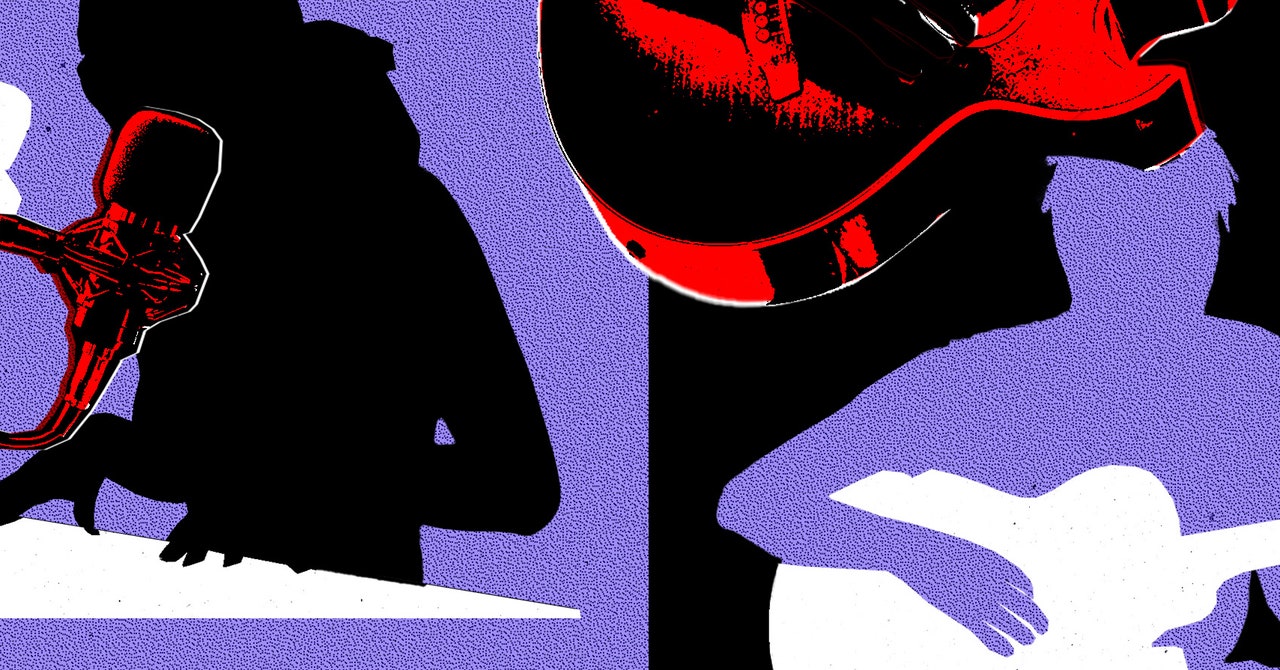Not all AI tools are the generate-from-scratch types like Googleâs MusicFX, Suno, and Udio that independent creators like Hatcher useâthere are also ones for extracting stems, for mixing and mastering, and for brainstorming lyrics, all of which are finding user bases amongst hobbyists as well as professional producers. Sam Hollander, a pop hitmaker who has worked with Panic! at the Disco and Flava Flav, compares AI to the explosion of drum machines in the â80s, and how session drummers had to adapt and learn programming if they wanted to continue to work.
Giving a typical example of where AI fits into the workflow of him and his peers, Hollander recalls how a UK grime producer he worked with was using Suno and Udio to generate funk and soul samples; once the tool iterated one he liked, heâd use another AI tool to extract the stem in order to use it, manually, in a track.
âThere’s going to be two paths,â Hollander predicts. âAn entirely organic industry that bucks against itâ versus âpeople who adapt [AI] into what they do.â Last week, thousands of musicians and other creatives aligned themselves with the former group, signing a letter claiming that AI training was an âunjust threat to the livelihoods of the people behind those works.â
For his part, Hollander dabbles in AI tools for brainstorming as well as for sample-hunting and generating, but, like Hatcher, always uses his original lyrics. âI don’t think AI does humor exceptionally well yet,â Hatcher saysâhuman input is still needed, and even necessary, if AI-made music is going to avoid the pitfalls of being totally boring and bad.
â[AI music] either has a shock factor, or [is] music as a background thing,â Hu points out. Shock-factor comedy is part of the appeal for successful AI projects, like the viral SpongeBob rap by producer Glorb, or ObscurestVinyl, a collection of âlostâ album tracks like the Ronettes-style âMy Arms Are Just Fuckinâ Stuck Like This.â Original concepts and hand-crafted lyrics mean that the AI output avoids feeling genericâand make it good and interesting enough that it might be picked up, in Hatcherâs case, by a major producer as a sample on merit alone.
The other side of that coin is the realm of AI-generated ambient/chill music, which Hu identifies as a growing domain, citing YouTube channels like Home Alone and what is ? as examples. With millions of views, and their use of AI on the down-low, these channels also show that what began as experimentation in the early days of these toolsâso, literally, last yearâis now going mainstream in an almost hidden way, as AI output becomes indistinguishable from human-made samples and compositions.

